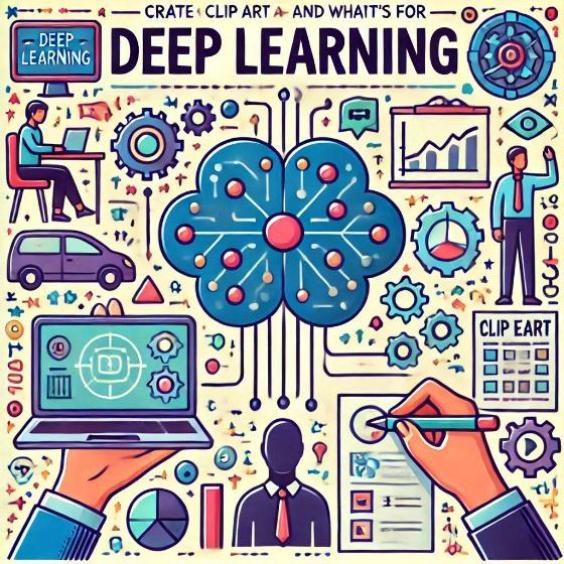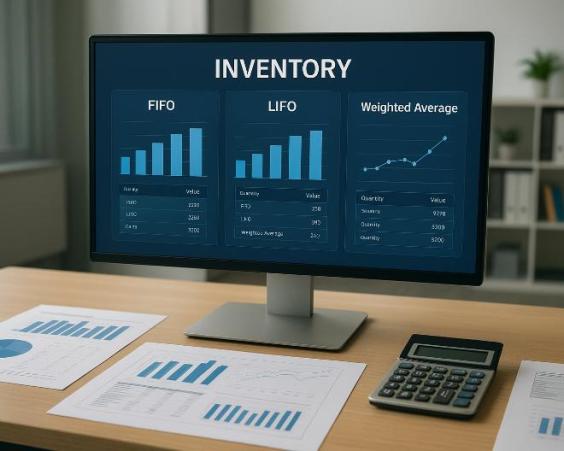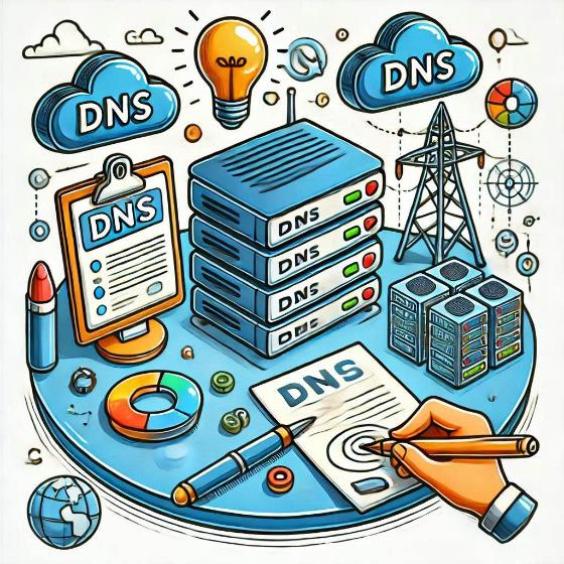What is Deep Learning and what is it for
In the world of artificial intelligence, there are various techniques and algorithms that allow machines to learn and make decisions autonomously. One of the most advanced and powerful techniques is Deep Learning, also known as deep learning. In this article, we will explore what Deep Learning is, what it is used for, how it is done, and everything you need to know about this fascinating technology.
What is Deep Learning?
Deep Learning is a subset of machine learning that focuses on creating algorithms that can learn and improve their performance from large amounts of data. These algorithms are inspired by the structure and function of the human brain, and are based on the idea that machines can learn to recognize patterns and relationships in data in a similar way to the human brain.
Key features of Deep Learning
- Deep learning: Deep Learning algorithms can learn from large amounts of data and improve their performance over time.
- Artificial neural networks: Deep Learning algorithms are based on artificial neural networks, which are inspired by the structure and function of the human brain.
- Ability to learn patterns and relationships: Deep Learning algorithms can learn to recognize patterns and relationships in data in a similar way to the human brain.
What is Deep Learning used for?
Deep Learning has a wide variety of applications in different fields, including:
- Image and object recognition: Deep Learning is used in image and object recognition applications, such as face detection, image classification, and object detection in videos.
- Natural language processing: Deep Learning is used in natural language processing applications, such as automatic translation, text classification, and text generation.
- Speech and audio recognition: Deep Learning is used in speech and audio recognition applications, such as audio transcription and sound classification.
- Robotics and system control: Deep Learning is used in robotics and system control applications, such as autonomous navigation and industrial process control.
How is Deep Learning done?
The Deep Learning process involves several stages, including:
1. Data preparation
The first stage is to prepare the data that will be used to train the Deep Learning model. This may include data collection, data cleaning, and data transformation into a suitable format for training.
2. Algorithm selection
The second stage is to select the appropriate Deep Learning algorithm for the problem being solved. There are several Deep Learning algorithms available, including convolutional neural networks, recurrent neural networks, and attention neural networks.
3. Model training
The third stage is to train the Deep Learning model using the prepared data. This can take a long time and requires a large amount of computational resources.
4. Model evaluation
The fourth stage is to evaluate the performance of the Deep Learning model using a test data set. This may include measuring the accuracy, precision, and efficiency of the model.
Conclusion
In summary, Deep Learning is a powerful technique that allows machines to learn and improve their performance from large amounts of data. It has a wide variety of applications in different fields and is used in a variety of industries. Although the Deep Learning process can be complex and requires a large amount of computational resources, the benefits it offers make it a valuable tool for any organization looking to improve its performance and efficiency.






